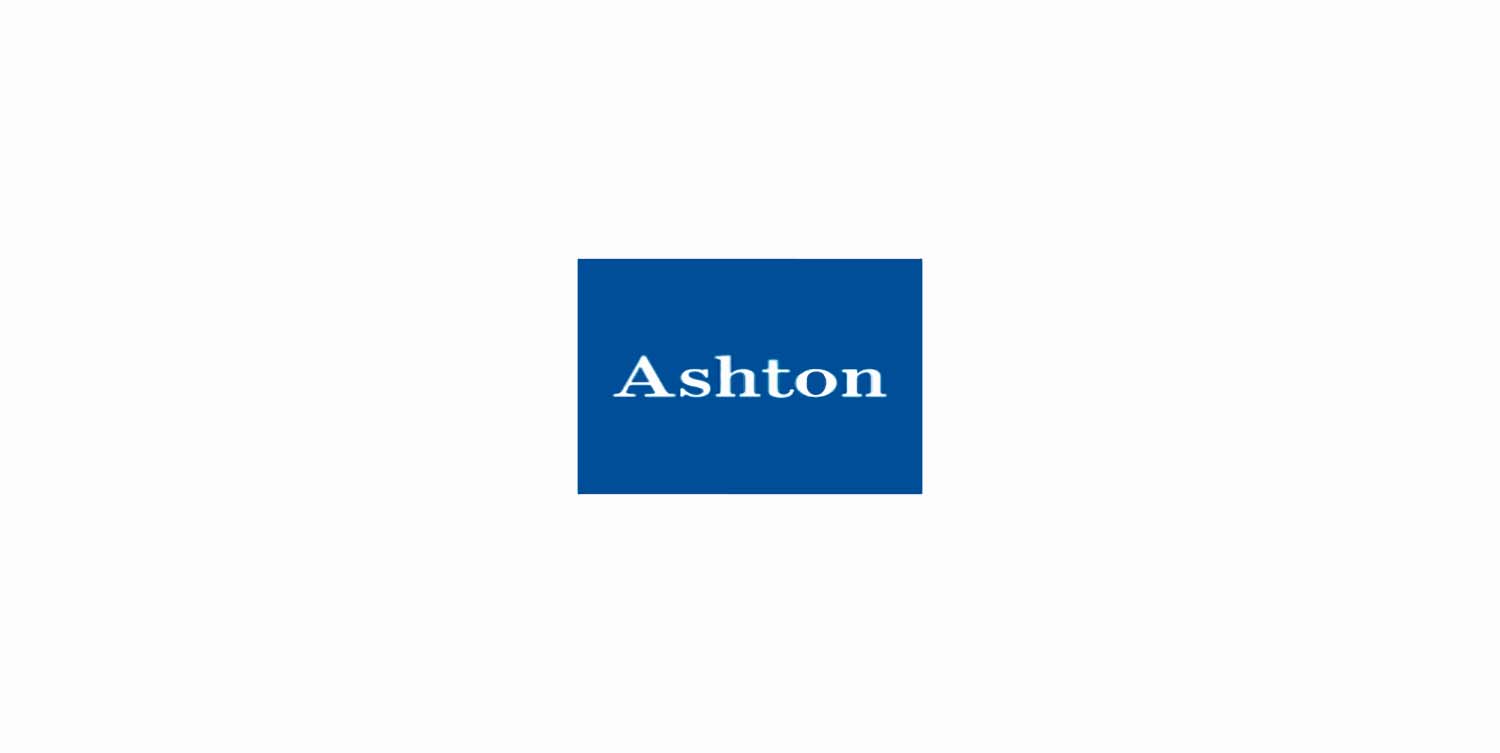Enter your email below to receive weekly updates from the Ashton College blog straight to your inbox.
By: Ronda Payne
Published On: July 18, 2019Stress is a constant force in everyone’s life, but how we perceive and deal with various stressors varies. Some people may find standing in line at the grocery store to be stressful, while others will feel stress from not having enough money to pay their bills each month.
Workplace stress is no different and affects many of us today.
For some, it could be stressful working on a project with a difficult colleague. For others, it could be dealing with a boss who’s a bully or one who doesn’t value their contribution to the organization.
Fortunately, you have someone to turn to: the HR team in your organization. Equipped with relevant experience and education, such as a human resource management diploma, HR teams are qualified to manage and reduce the stress levels of staff.
Looking for more HR-specific blog content?
For the most part, team-related problems are one of the top causes of workplace stress. When the staff is made up of people of different age groups, backgrounds, personalities and skills, there are bound to be challenges and differences. HR and senior management play an important role in making the workplace a positive experience. There are many things HR professionals learn when taking a human resource management diploma. Some are as follows:
With a diverse workforce, there will be a wide range of communication styles including aggressive, submissive, passive-aggressive, easy-going, or a mixture of these and other styles. Plus, there will be individuals who are unaware of how they come across to others. HR can help by providing training to create an understanding of personal styles, to instruct employees on respecting others and their feelings and to enforce a zero-tolerance no-bullying, no-aggression policy. Everyone must learn how to express their feelings openly and honestly, without attacking others and must strive for empathy and develop listening skills to ensure respectfulness while doing so.
When employees don’t understand each other and develop dislikes, team building exercises outside of the office can help open up lines of communication and create positive interactions. While this may not make employees like one another, it will at least give them a level of understanding and respect.
If some employees are not able to work with each other at all, it’s time for HR to step in with some direct coaching to help those involved identify issues and work out their differences. If left unattended, it could lead to negativity and toxicity, which could be detrimental to the employees and the organization in the long run.
If an employee or a group of employees are unable to look past their differences despite the coaching and training, sometimes it’s best to let them go. Have timelines in place to check if there’s an improvement. Alternatively, if the issue is increasing workload, take steps to alleviate this by reassigning tasks or hiring new people.
Managing job requirements while dealing with personal problems at home is a difficult battle to win. Outside-of-work problems could cause a dip in productivity and affect mental health. HR must respect employees as multi-faceted individuals and NOT just workers. Here are some ways to help with work/life balance with both issues from the job and outside the workplace.
Flexible hours and remote-work options can make a huge difference in increasing employee efficiency. Consider for instance parents who have young children. With the ability to work from home, they can work, pick up their kids from school, attend to them and then get back to work. By avoiding commuting to work, they would also be able to spend more time with their family. For those struggling to focus at work due to distractions such as employee chatter and other kinds of noise, flexible work hours and remote-work options would give such employees the ability to concentrate on their work and be more productive. Flexibility also inspires trust, and despite what micro-managers would have you believe, it helps employees contribute more.
Consider organizing yoga, Zumba or meditation workshops to help employees relax and refresh. Additionally, providing one-on-one or group sessions with fitness and nutrition experts a few times a month can also go a long way to helping employees feel better about themselves and accomplish more.
Mental health issues can be hard to spot. It’s not HR’s responsibility alone to keep an eye out for such cases. It’s everyone’s job. If a staff or employee sees a colleague in mental distress, they should have the resources (a phone number or an email) to report such a thing. Moreover, the action should be immediate.
Apart from the above, there also could be pay or salary-related distress. A recent survey by Ceridian found that four out of five workers in Canada and the US are stressed about their pay and other money matters. In such cases, it is up to the HR team to work with employers to prioritize financial wellness.
So no matter what kind of stress you may be going through at work, know that your HR department could offer you the support you need to get through it. Know that a good HR department will have the best interests of both, the organization’s and its employees'.
The information contained in this post is considered true and accurate as of the publication date. However, the accuracy of this information may be impacted by changes in circumstances that occur after the time of publication. Ashton College assumes no liability for any error or omissions in the information contained in this post or any other post in our blog.
